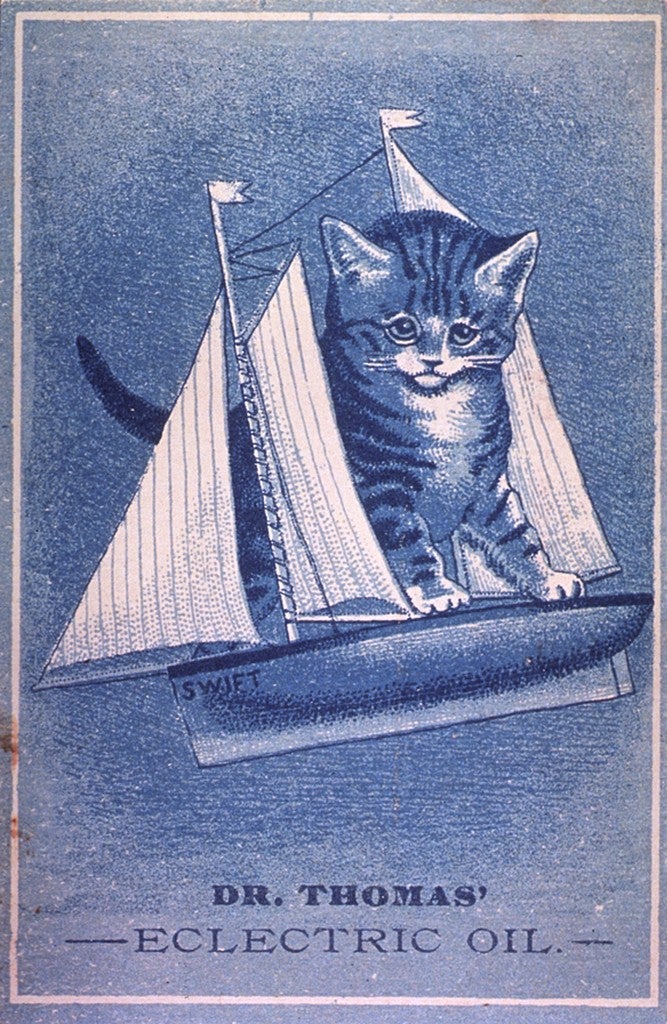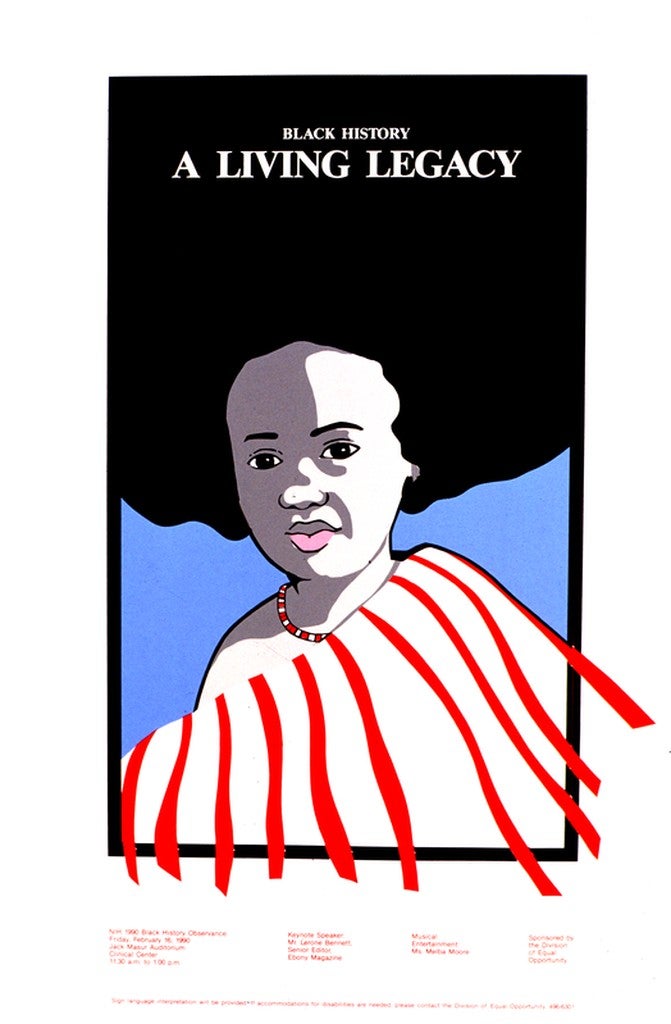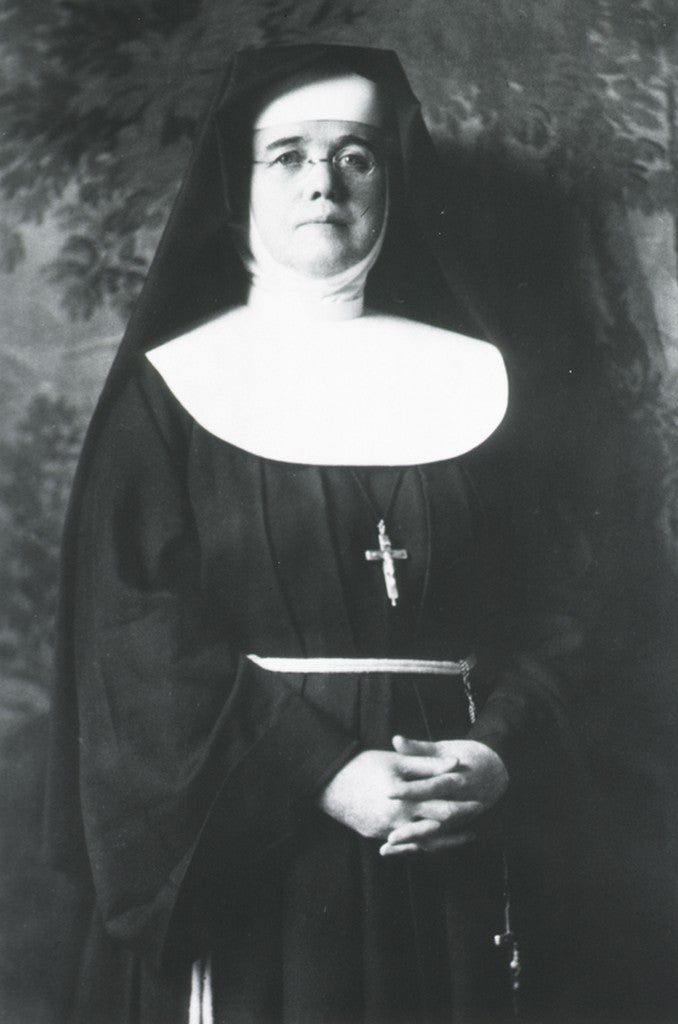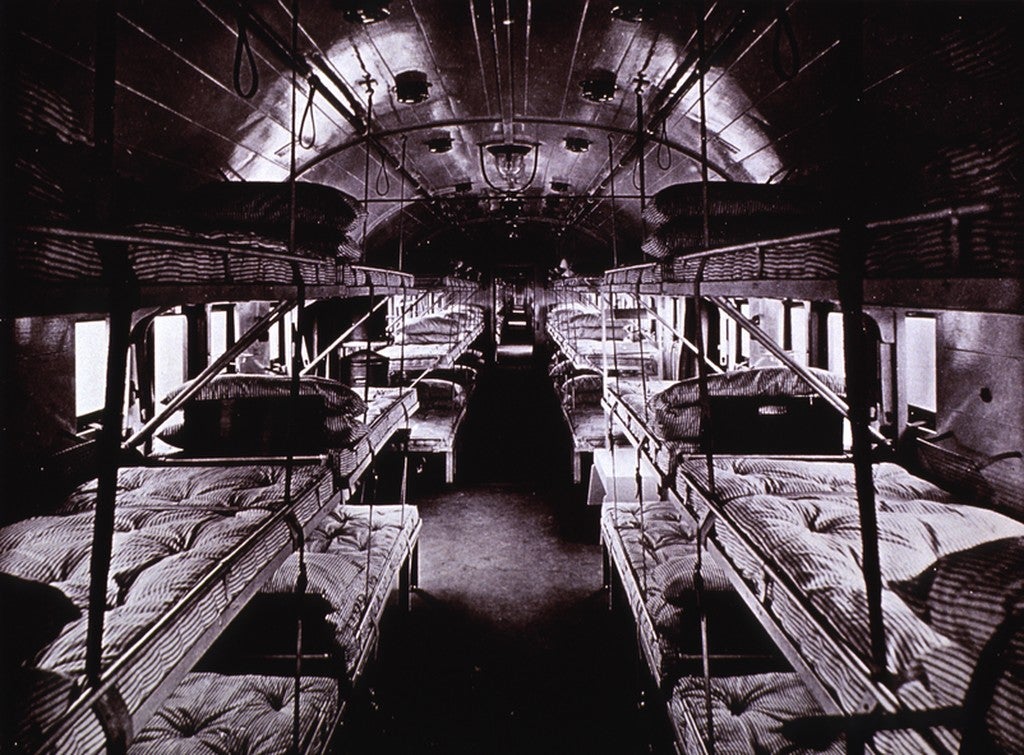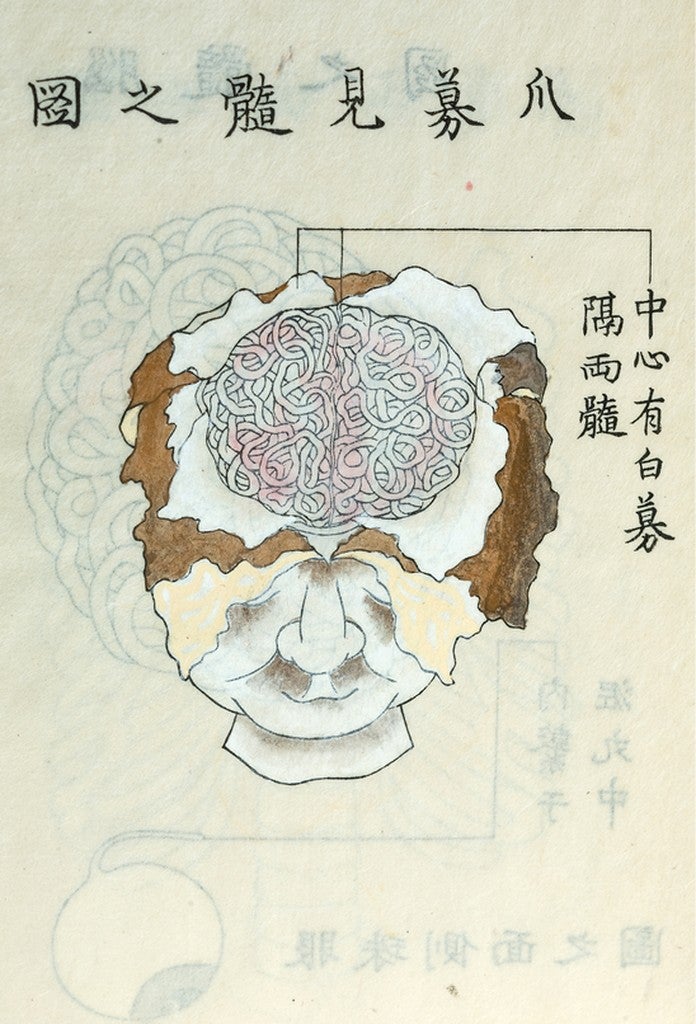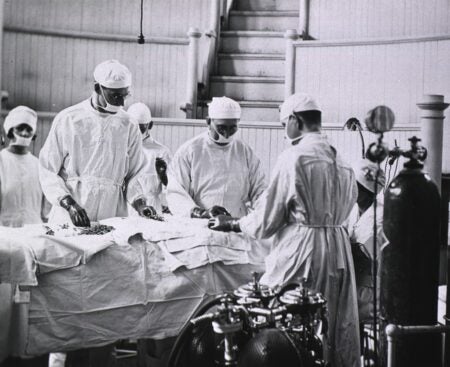
Artstor has published nearly 42,000 images from the U. S. National Library of Medicine’s Images from the History of Medicine, freely available to all for reuse under the Creative Commons Public Domain mark. Open Artstor: Images from the History of Medicine (National Library of Medicine) is part of an initiative to aggregate open museum, library, and archive collections across disciplines on the Artstor platform.
Founded in 1836, the National Library of Medicine (NLM), located on the campus of the National Institutes of Health (NIH) in Bethesda, Maryland, is the world’s largest biomedical library. Its resources are accessed by millions of people globally every year. Images from the History of Medicine (IHM), an expansive digital archive, includes portraits, documentary photographs, prints, caricatures, posters, and graphics that illustrate the practice in a broad professional and cultural context from medieval through current times.
Artstor’s varied and comprehensive selection from IHM provides a visual chronicle of medical history and policy documenting developments from the 15th to 21st centuries. A poster announcing the International Hygiene Exhibition in Dresden, 1911, a shining, omniscient eye, suggests the promise of a new century poised for great advances in health and medicine, while an ad for Dr. Thomas’ Eclectric Oil, a 19th century cure-all, containing turpentine and camphor, features an innocent kitten aloft on a sailboat. The bold graphics of the 1990s captured the imagination in images like the overlapping profiles of “Medicine for the Public,” 1991, NIH, and in the striking likeness of a young woman in “Black History a Living Legacy,” 1990.
Medical practitioners are recorded in an extensive gallery of photographic portraits, along with documents of their service and the hospitals where they worked. Sister Joseph (Mary Joseph Dempsey) stands before us in a photograph of 1912. As a surgical assistant, she was the first to diagnose a growth that indicated a malignancy in the abdomen. A smiling Dr. Fatima Meruik embraces a child and a seafaring Dr. Todd cables to work. A surgery at the University of Virginia Hospital in 1914 (top) and an interior of a hospital train from the same period reveal in hindsight how much progress has been achieved.
The field of natural history may also be explored as exemplified here by Conrad Gessner’s De Ulula, 1555, one of about 75 book illustrations by the Swiss polymath, physician, and founder of modern zoology. Anatomical illustrations include woodcuts from the book Kaishi Hen (Analysis of Cadavers) published in Kyoto in 1772. A visual record of dissection, the book was authored by Shinnin Kawaguchi and illustrated by Aoki Shukuya. Kawaguchi was the first anatomist in Japan to dissect the human brain, Shōbo ken sui no zu, shown here.
Open Artstor: Images from the History of Medicine (National Library of Medicine)
More open content on medicine
Open Artstor: Science Museum Group
Open Artstor: Wellcome Collection
Related readings
Pandemics and Epidemics, by Lee Caron
Enhancing visual acuity in medical education through the arts by Joseph Costello
Art at the Bedside: Research on the Healing Potential of the Visual Arts by Susan Dodge-Peters Daiss
The drama of the operating theater: Thomas Eakins’ medical paintings and clinical fact by Nancy Minty
– Nancy Minty, Collections editor

